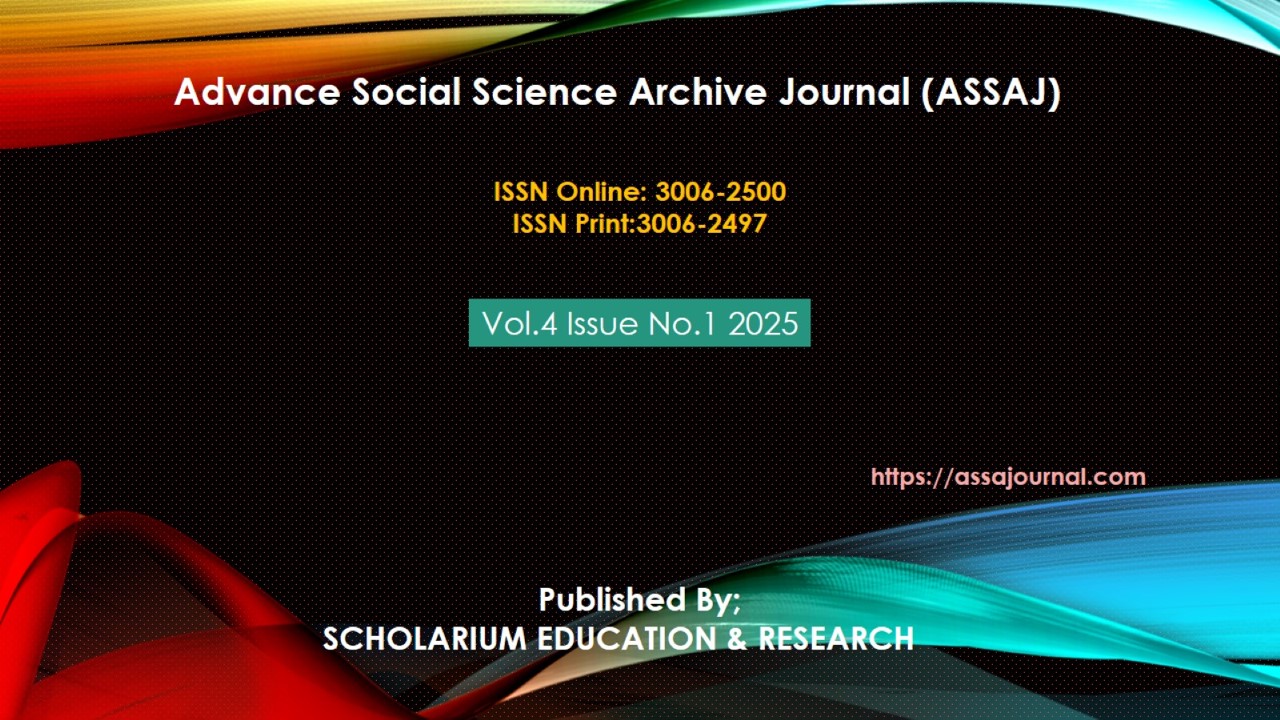Bullet Trajectory and Gunshot Residue in Modern Forensic Ballistics
Abstract
Bullet path and GSR examination are the foundation of contemporary forensic ballistics, providing critical information about shooting incidents to support criminal investigations and court cases. Bullet path analysis allows the reconstruction of projectile trajectories, determining shooter locations, firing angles, and potential interactions with intermediate targets. With evolving imaging technology like three-dimensional imaging, contrast-enhanced computerized tomography, and digital modeling, reconstruction of paths is more accurate and critical to intricate forensic cases. At the same time, GSR analysis offers superb evidence of gun discharge and possible participation in shooting activity. Historically dependent on the presence of inorganic constituents such as lead, antimony, and barium by means of methods such as scanning electron microscopy (SEM-EDX), analysis of GSR is now significantly changing. The movement towards lead-free bullets and the necessities of field portable, on-scene analysis have necessitated the use of new detection technologies, such as ion mobility spectrometry and mass spectrometry, which can also identify inorganic and organic GSR constituents. Together, bullet track and GSR evidence furnish complementary details enriching the reconstruction of firearm incidents. With combined application, forensic scientists can provide the spatial, mechanical, and chemical aspects of a shooting with context, making reconstructions more plausible. Despite improved technology, standardization, containment of contamination, and dynamic ballistic evidence behavior, these remain continuing issues. Ongoing multidisciplinary research, analytical innovation, and protocol harmonization are essential in improving the efficacy and admissibility of ballistic forensic evidence into the justice system.
Keywords: Wound Ballistics, Trajectory Reconstruction, Ballistic Gelatin Testing, Muzzle Velocity Estimation, Ricochet Analysis Detection Techniques, Scanning Electron Microscopy (SEM-EDX), Particle Composition Analysis





